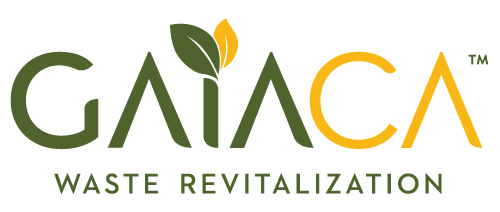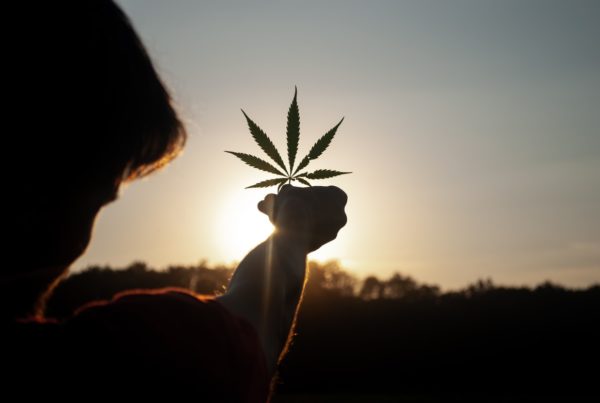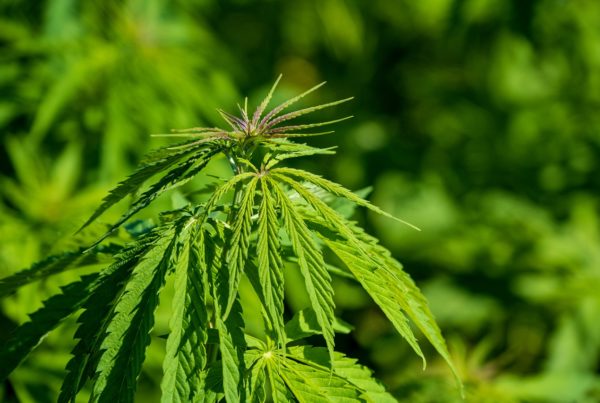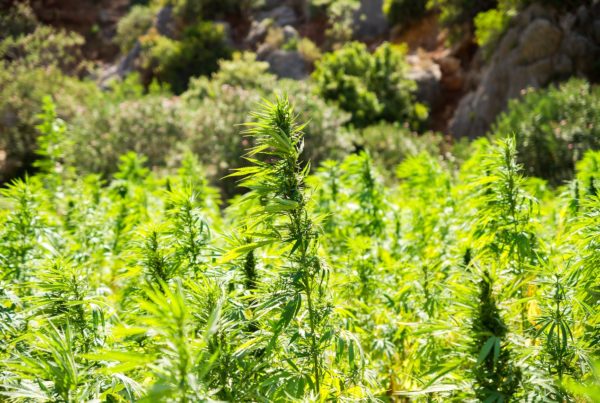Hemp biomass is a term referring to the non-flower parts of the hemp plant. The biomass is generally regarded as waste by cultivators who prize the CBD-rich flowers, but it’s far from useless. In fact, the biomass can be extremely profitable for cultivators who know how to make use of it.
What Is Hemp Biomass?
Hemp biomass is the excess biological material left behind after the flowers are cultivated. It includes the stalks, seeds, and leaves. Some manufacturers, like hemp seed oil makers, actually emphasize the biomass over other parts of the plant.
Different hemp plants are rich in different types of biomass:
- The oilseed variety includes shorter plants that are rich in seeds.
- The fiber variety includes taller plants that are rich in stalks.
The biomass from oilseed plants is more commonly used for medicinal and supplementation purposes. The biomass from fiber plants is more commonly used to make textiles. Both oilseed and fiber plants can be used to produce various types of fuel.
How to Harvest Hemp Biomass
The harvesting process varies slightly depending on the type of plant. You’ll need a machete or shears to cut the plant about 4 inches (10 cm) from the ground, thus ensuring that you preserve as much of the material as possible. From there, the process depends on whether you’re harvesting fibrous or oilseed hemp.
- Oilseed hemp (or any hemp that you plan to convert into fuel) will need to be thoroughly dried before processing. The dried seeds can then be treated using an oil press or other machine.
- Fiber-rich hemp will need to be retted. This is a fiber separation process that dissolves the cellular tissue and allows you to easily remove the fiber from the stem. There are multiple methods of retting, the most common of which is to submerge the stalks in water and weigh them down for about 8 to 14 days.
What Can You Do With Hemp Biomass?
Hemp biomass is most commonly used for the following purposes:
- To make fuel
- To make fiber products
- To make oil remedies and foods
Let’s take a closer look at each.
Hemp Biomass Can Be Used for Fuel
One of the most exciting and novel uses for hemp biomass is the production of fuel. There are two primary types of fuel that can be extracted:
- Hemp biodiesel, which comes from pressed hemp seed oil
- Hemp ethanol/methanol, which comes from the fermented stalk.
Hemp has emerged as a leading contender in the race to produce sustainable fuel alternatives. Not only is it an abundant source of ethanol/methanol and biodiesel, but it’s also extremely cost-efficient and easy to extract.
Hemp Ethanol and Methanol
Using processes like gasification and acid hydrolysis, hemp can produce both ethanol and methanol as needed. These types of gases are sometimes referred to as hempanol.
Ethanol makes up about 10% of most conventional gasoline, and methanol (an even lower-cost alternative) is used in racing cars in countries throughout the world and has been recognized as a promising alternative fuel under the Energy Policy Act of 1992.
The entire plant—including the stalks, seeds, and flowers—can be used to produce these alcohol-based fuels.
Ethanol production: Converting hemp into ethanol requires a process called cellulolysis, whereby the cellulose content in the plant is pre-treated and converted into sugars which are then fermented and distilled for use as fuel.
Methanol production: Methanol is created through a dry distillation process like pyrolysis. The organic material is subject to thermal decomposition, a process that alters the composition of the plant and produces gases that can then be condensed into methanol.
Hemp Biodiesel
Even more exciting is the potential of biodiesel. Scientists have been testing the potential of biodiesel (and particularly vegetable oil) as an automotive fuel for more than 100 years, and even the original Ford vehicles ran on this type of fuel.
Biodiesel is extracted from the seed oil and is the only alternative fuel source that can work in any diesel engine. It’s safe to store, handle, and transport, and it’s biodegradable. It also has a much higher flashpoint than petroleum-based diesel fuel (300 F vs 125 F), so it’s much less flammable.
It’s the only alternative fuel to complete EPA Tier I Health Effects Testing under the Clean Air Act, and best of all, it really works. Biodiesel has been common in Europe for more than two decades, and it has successfully completed more than 30 million road miles in the U.S. As hemp continues to become more commonplace, hemp biofuel may be a major contender in our quest for green fuel sources.
Hemp Biomass Can Be Used to Create Fibers
The fiber hemp plant contains a tall stalk that can be cut down and retted for textile use. The stalk has two parts: the bast and the hurd. These two parts are usually separated using a decorticator.
- The bast is typically woven into fiber.
- The hurd is commonly used for insulation, building materials, paper, and similar substances that don’t require a long fiber.
If a farmer only needs the bast, they’ll often sell the hurd to product makers rather than letting it go to waste (or vice versa).
The Bast
Hemp fiber has been popular for centuries, especially in certain Asian cultures. It’s moisture-resistant, durable, and pliable, and it boasts twice the strength of wood. The biodegradable fibers from the bast can be used to make rope, carpeting, fabrics, and other assorted textiles.
The Hurd
The central part of the stalk contains hurds, also known as shives. The fibers aren’t as long, but they’re rich in cellulose and extremely durable, so much in fact that they’re often used in the production of plastics for automotive use. In ancient times, they were used in shipbuilding. Most commonly, though, the hurds are used to make paper, packaging materials, animal bedding, and insulation.
Hemp Biomass Can Be Used for Foods and Medicine
Hemp biomass is used to create a variety of remedies in the form of hemp seed oil and—to a lesser extent—CBD oil.
Hemp Seed Oil Remedies
The oil from the seeds can be used to make food and beauty products. More commonly, though, the oil is used as a remedy or supplement. The seeds are rich in omega-3 and omega-6 fatty acids and may therefore be effective for addressing a wide range of conditions including inflammation, bacterial infections, eczema, acne, and more, though additional research is needed.
Hemp seed oil is most commonly packaged as a sublingual tincture, much like CBD oil. The user places a few drops under the tongue and allows the liquid to be absorbed into the bloodstream. Other preparations, like capsules and powders, are also available.
CBD Oil Remedies
One of the most popular uses for hemp today is the extraction of cannabidiol (CBD), a cannabinoid that has been touted for its possible effects against anxiety, epilepsy, chronic pain, and a range of other conditions. Most of the CBD, though, is found in the cannabinoid-rich flower, and not in the hemp biomass. You won’t find traces of this or any other cannabinoid in the stalks or seeds.
With that said, there are small amounts of cannabinoids to be found in the leaves. While the amount is negligible, it still may be worth extracting if you’re looking to get the maximum value from your crop.
Other Things You Can Do With Hemp Biomass
If you’re in the business of harvesting hemp flower and you simply have no use for the biomass, your primary options are to sell it or dispose of it. You’ll probably need to dispose of at least some of it in any situation, especially if you’re growing on several acres.
If you contract with a hemp processing company that uses oils, basts, or hurds, you won’t need to do anything to your biomass. In many cases, these companies are happy to purchase your biomass as-is and handle the processing themselves.
And for the hemp that does get thrown away, remember that there are strict state and USDA guidelines in place for hemp and cannabis disposal. To ensure that you remain in compliance with the law, it’s best to work with a cannabis waste management services provider that understands the unique requirements of hemp disposal.
Finally, remember that the entire hemp plant has value, whether you’re working with the fiber variety or the oilseed variety. By focusing on the entire plant, you can build a business that’s both prosperous and sustainable.






